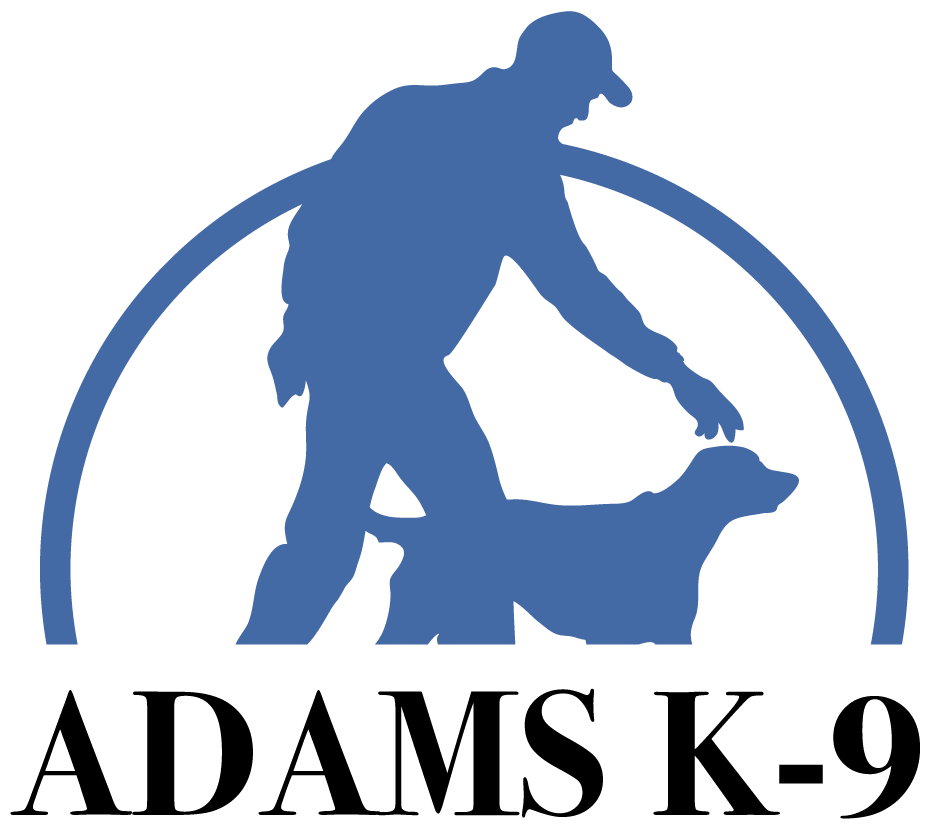After a recent group class, a gentleman approached me to ask a question about his one year old Bernese Mountain dog. The dog is one big, happy pup and usually comes to class with his wife, while my client himself rarely attends. He said, “I was outside playing with the dog, and when it was time to come in the dog refused to listen or obey. I had to go inside and show her the training remote, and then she listened to me. My wife is strict and barks orders at the dog, so the dog listens to her really well. But I don’t really want to do that.”
My answer was two-fold. First, the training remote shouldn’t be used as punishment. We don’t threaten the dog with the remote, so if that is your mindset then you are doing things wrong. It is all about conditioning. If the dog is trained properly, and you follow through with that training, then the dog should listen to you whether they have a training collar on or not. See my Naked Obedience video for more information.
Second, if your dog does not respect you, your dog won’t listen. If you just want to be your dog’s buddy, then you can’t expect it to listen to you. You’ll just have to plan on living with a disobedient, obnoxious dog.
I recently joined a gym that teaches healthy eating habits and physical activities which help me maintain a healthy weight. But here’s the deal- a diet alone will not keep the weight off. To be successful, you have to make a lifestyle change. This means changing your routine, and your mindset, so you’ll eat natural foods and exercise regularly for the rest of your life. Changing your dog’s behavior is the same. If you want your dog to be well-behaved, then you have to be invested, and committed, to making a lifestyle change. If you are unwilling to change the way you interact with your dog our training will only be a temporary fix.
Changing your dog’s behavior is very similar. If you want your dog to be well-behaved, then you have to be invested, and committed, to making a lifestyle change. If you are unwilling to change the way you interact with your dog our training will only be a temporary fix.
Dogs with aggression, separation anxiety, and resource guarding need a lot of changes. But even a happy pup needs rules, structure, and consequences. If you are not willing to take control of your dog and bark a few orders, then your dog will never change.
In our group classes, I can always tell who is training and which dogs have consistency at home. I can also tell which ones do not. Successful training takes more than just barking orders, it also includes training and consequences. If you are not willing to put some pressure on the dog when they won’t listen, then you probably shouldn’t spend the money for training.
Dogs need a leader at home who they respect the way students respect their teachers. Good teachers make things fun but still dish out consequences when rules are broken. For example, my son was caught surfing the web on his computer in school, which is against the rules. His teacher took the computer away and gave him math equations to work out with a pencil and paper. He broke a rule and had to live with the consequences.
Dogs need consequences as well. Jumping on people means there will be pressure, so the dog learns that jumping is uncomfortable. Sitting down when greeting people means a reward of love and treats. Dogs know the difference; they want love and treats, and not discomfort.
Here is another example. One of my employees named Christy recently had some work done by a seamstress. When the seamstress asked where she worked, Christy proudly said, “Adams K-9”. The seamstress was obviously not impressed, and said, “Oh. I took my dog to him and all he did was shock the dog.”
The seamstress came to me for an evaluation, which included working with the dog while the dog wore a remote training collar. She didn’t approve of my training tool so she never went through our program.
Christy politely said, “Well, it’s not for everybody” and moved on with the conversation. When I asked where was the seamstress kept her dog during the visit, Christy said, “Locked up in the back room so it wouldn’t bite me.”
This is a perfect example of someone who does not want to make the difficult lifestyle changes needed to help her dog. She could have found a different trainer, but instead, she allowed the dog to become aggressive and bite people.
If you have a dog with aggression, separation anxiety, or resource guarding you will need to make significant changes, which include:
- Staying off the furniture
- No sleeping in the bed
- Removing all toys (resource guarding)
- No touching
- Quiet on command
- Clear communication
- No begging
- Strict obedience regimen
During the first part of our training, we will ignore the dog for a while. Some people pick up their dog after we work with it daily and immediately shower it with love because they missed it so much. These are the people that won’t be successful with their training.
Other owners are unemotional when they pick up their dog and will give a sit command right away. These are the people that are really going to help their dog. If you’re planning to treat your dog like a “fur baby”, it might be best if you don’t waste your time or money by training with us.
If you truly want to help your dog, find a good trainer in your area and you will be amazed at the progress you and your dog can both make. Our motto is “Love your dog. Love your dog’s behavior.” You can do this if you do what is right with your dog.
For more information or to see what we do please click here to visit our Facebook page. Or, contact us to discuss our available training options.


